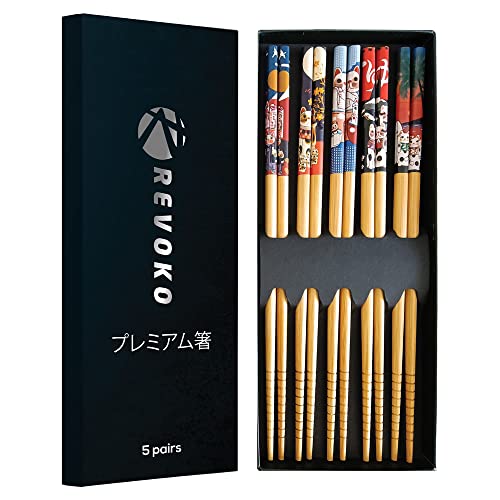Chinese vs Japanese Chopsticks: Understanding the Differences
When it comes to Asian culture, chopsticks are an essential tool in dining etiquette. While both Chinese and Japanese use chopsticks, it’s worth noting that there are significant differences between the two. Here’s a closer look at the distinctions between Chinese and Japanese chopsticks.
Materials Used
One of the most noticeable differences between Chinese and Japanese chopsticks is the material used. Chinese chopsticks are typically made from bamboo, a durable and economical material. In contrast, Japanese chopsticks are made from a wide range of materials, including lacquer, plastic, ivory, and metal. Japan also uses disposable chopsticks made of wood.
Size and Shape
Another distinction between Chinese and Japanese chopsticks is their size and shape. Chinese chopsticks are typically longer and thicker than Japanese chopsticks, and are blunt instead of pointed at the end. Japanese chopsticks, on the other hand, are shorter and taper to a finer point. They are also more delicate and slender than Chinese chopsticks.
Usage and Etiquette
While both cultures use chopsticks in their dining traditions, there are various etiquette rules that differ across the two. Chinese chopsticks are used primarily for picking up food and are sometimes used as a cooking tool. In contrast, Japanese chopsticks are used for both eating and cooking. There are strict rules for the placement of chopsticks in Japan, such as never sticking them upright in rice or using one end to pass food to another person.
Symbolism and Significance
Both Chinese and Japanese chopsticks have cultural significance and symbolism. In China, chopsticks are seen as an extension of one’s fingers and are considered an important part of traditional Chinese culture. They are thought to represent good luck and longevity. In contrast, Japanese chopsticks are considered personal items and are often decorated with intricate patterns. They are also seen as a symbol of etiquette and good manners in Japan.
While both Chinese and Japanese cultures share a common tool in chopsticks, there are many differences in their designs, usage, and cultural significance. Understanding these differences can help deepen our appreciation of the unique cultures and practices of the two countries.






